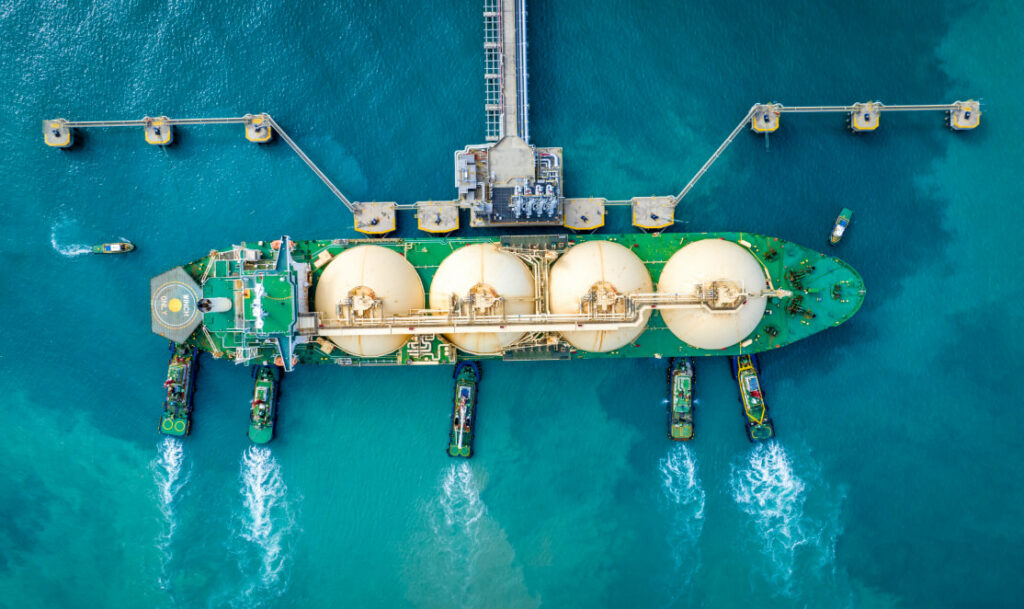Bunkering
LNG bunkering

LNG: from ship-borne fuel to ship fuel.
LNG has come a long way in the 60 years since it was introduced to the global market.
In June 1964, the world’s first LNG carrier, the Methane Princess, entered service, revolutionizing the transportation of gas by carrying it in a liquid state instead of a gaseous one.
The late 1990s and early 2000s saw the launch of the first LNG-fueled ships, starting with Norway’s LNG-powered ferries.
The idea of using gas to power ships dates back to the 1970s when steam released from the evaporation of LNG was used to power ship engines.
Since then, the industry has advanced towards the design of gas-powered marine propulsion engines, which are now technologically advanced and commercially available.
The use of liquefied natural gas in maritime transport can help reduce the environmental impact of sulfur emissions in fuels, in line with regulations set by the International Maritime Organization and the European Union. Consequently, shipowners are required to take concrete steps to reduce sulfur emissions.
Growing prospects
According to estimates from the National Strategic Framework, demand for LNG bunkers is set to increase significantly considering the order book achieved; a portfolio of LNG-fueled cruise ships and container ships listing several hundred units.
As early as 2015, the Group had identified the potential of LNG bunkering, just as remarkable is the effort Vulcan is making to fully exploit it.
What advantages?
LNG bunkering offers several advantages over traditional fuels such as diesel, BTZ or MGO (Marine Gas Oil).
- It is less polluting: it has a reduced capacity to emit CO2 and air pollutants such as sulfur and nitrogen oxides.
- It is cheaper than other fossil fuels, making it an attractive choice from an investment perspective.



